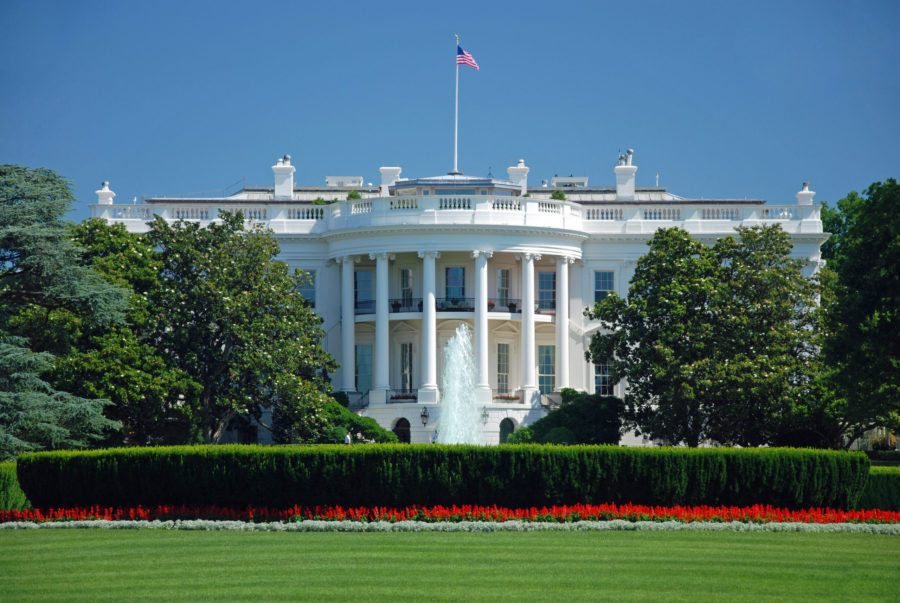Gold price drops to 4-month low after another Fed beating

Gold for February delivery lost as much as $48 to trade at $1,626 an ounce in morning dealings on the New York Mercantile Exchange on Friday.
It was the second day of losses after the US Federal Reserve dropped a bomb about its ultra-loose stance on monetary policy which gained further impetus after today’s positive jobs numbers from the US showing the recovery remains broadly on track.
By late afternoon gold had recovered some ground to change hands at $1,658, still a drop of 1%. March silver fell in sympathy losing 4% at one point to below the psychologically important $30/oz level.
Yesterday, for the first time since the financial crisis hit in 2008, the US central bank has signaled that its program of quantitative easing – to keep interest rates near zero and flood financial markets with cheap money – may end sooner rather than later.
Several Fed members prefer QE3, the latest round of asset purchases that amount to a staggering $85 billion a month, to stop “well before the end of 2013.”
That would mark the end of Fed actions – and similar programs in Europe and Japan – that have been a massive boon for gold.
The Fed’s near-zero interest rate policy and bond purchases under QE1 kicked off on 16 December, QE2 followed in August 2010 and September’s third round was designed to be open ended.
On 15 December 2008 an ounce of gold cost $837.50, which before this week’s retreat, constituted a doubling in value thanks to the Fed.
RELATED:
Fed’s QE3 bomb puts fear back into gold market >>
Proof Bernanke can no longer move the gold price >>
GRAPHIC: Gold’s 111% rise from QE1 to QE3 >>
Billionaire Frank Giustra: Gold is the mother of all bubbles, which is why you should buy it >>
{{ commodity.name }}
{{ post.title }}
{{ post.date }}




Comments